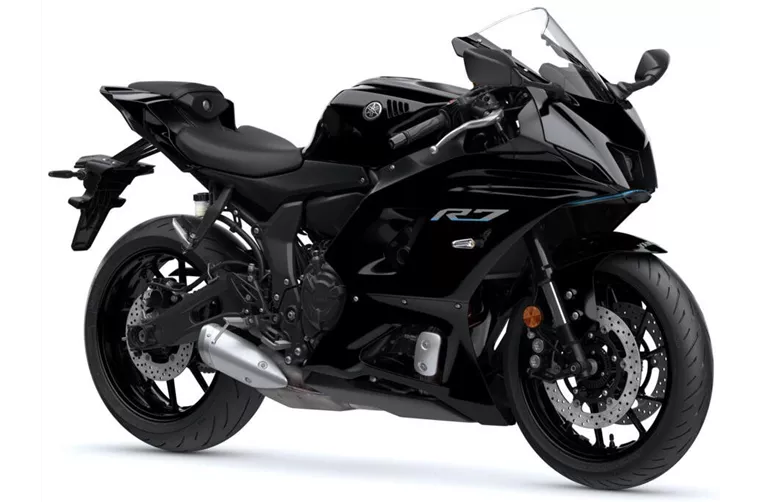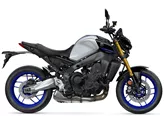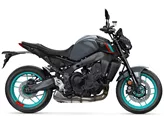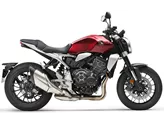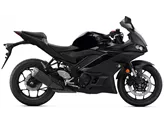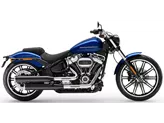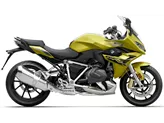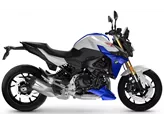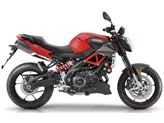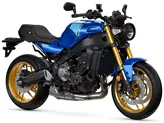Yamaha MT-09 2016 vs. Yamaha R7 2022

Yamaha MT-09 2016
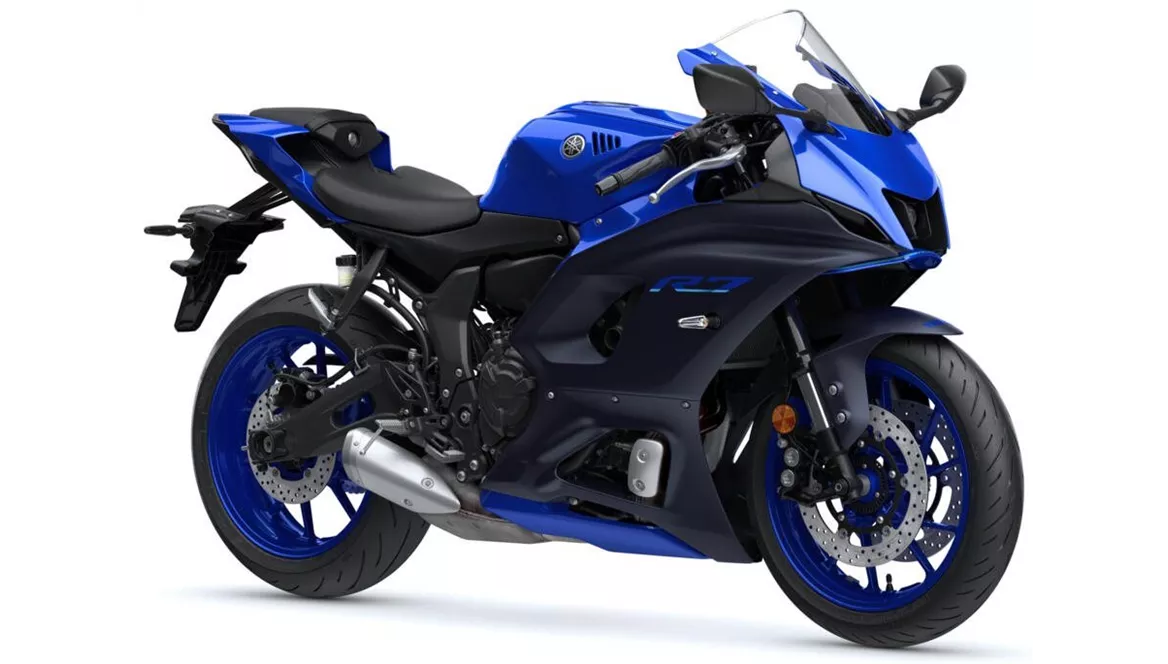
Yamaha R7 2022
Overview - Yamaha MT-09 2016 vs Yamaha R7 2022
In terms of the technical specifications, there are several differences between the Yamaha MT-09 2016 and the Yamaha R7 2022.
Starting with the engine, both bikes have an in-line configuration, but the MT-09 has a larger displacement of 847cc compared to the R7's 689cc. The MT-09 also has three cylinders, while the R7 has two. In terms of power, the MT-09 produces 115 HP, while the R7 produces 73.4 HP. The MT-09 also has higher torque at 87.5 Nm compared to the R7's 67 Nm. Both bikes have a compression ratio of 11.5 and use DOHC valves with four valves per cylinder.
Moving on to the suspension, the MT-09 2016 features a telescopic fork front suspension, while the R7 2022 has an upside-down telescopic fork. This difference in suspension design may result in variations in handling and comfort between the two bikes.
In terms of the chassis, the MT-09 2016 has an aluminum frame, while the R7 2022 has a steel frame. Aluminum frames are generally lighter and offer better handling, while steel frames provide more rigidity and stability.

Yamaha MT-09 2016
Both bikes have double disk front brakes, which provide good stopping power. The front tire width and diameter are the same for both models, with a width of 120 mm and a diameter of 17 inches. The rear tire width and diameter are also the same, at 180 mm and 17 inches respectively.
In terms of dimensions and weights, the MT-09 2016 has a longer wheelbase at 1440 mm compared to the R7's 1395 mm. The MT-09 also weighs slightly more, with a kerb weight of 191 kg compared to the R7's 188 kg. The fuel tank capacity is also slightly larger for the MT-09, with a capacity of 14 liters compared to the R7's 13 liters.
Now let's discuss the strengths and weaknesses of each bike. The MT-09 2016 has a wonderfully powerful three-cylinder powerplant, offering a thrilling riding experience. It also has three power modes, allowing the rider to adjust the performance to their preference. The chassis is fully adjustable, allowing for fine-tuning of the bike's handling. The inclusion of a quickshifter as standard is a nice feature for seamless gear changes. The sporty upright seating position provides a comfortable and aggressive riding stance. The MT-09 also has good brakes and traction control, enhancing safety and control.

Yamaha R7 2022
On the other hand, the MT-09 2016 has a saddle that may be a little too hard for long tours, potentially causing discomfort on extended rides. Additionally, the license plate holder on the swingarm offers less splash protection compared to a conventional one, which may result in more dirt and water hitting the rider.
As for the strengths of the R7 2022, it features a CP2 engine that delivers punch from below and in the middle of the rev range, providing ample power for dynamic riding. The front-wheel-oriented seating position enhances control and maneuverability. The chassis is adjustable, allowing riders to fine-tune the bike's handling to their liking. The R7 also has good brakes, ensuring reliable stopping power.
However, the R7 2022 does not have a TFT display, which may be considered a drawback for riders who prefer a more modern and advanced instrument cluster.
In conclusion, the Yamaha MT-09 2016 and the Yamaha R7 2022 have distinct differences in terms of their technical specifications and strengths. The MT-09 offers a more powerful engine, adjustable chassis, and a sporty upright seating position. On the other hand, the R7 has a slightly smaller engine but still delivers punchy performance, a front-wheel-oriented seating position, and an adjustable chassis. Both bikes have good brakes and similar tire dimensions. However, the MT-09 has a larger displacement, longer wheelbase, and higher weight compared to the R7. Ultimately, the choice between the two models will depend on the rider's preferences and priorities.
Technical Specifications Yamaha MT-09 2016 compared to Yamaha R7 2022
Pros and Cons in comparison
Pros and Cons in comparison
Yamaha MT-09 2016

The Yamaha MT-09 did not need to be reinvented for the coming season - it already was extremely well done almost four years ago. Instead, the Japanese focus on fine-tuning and adding practical, contemporary gimmicks such as traction control and automatic shifting. Due to the Euro4 standard, however, the engine management has been changed once again and offers an emphatically powerful but well controllable power delivery in standard mode; the power explosion of the first generation is now no longer offered even by the sharper A mode. The biggest change, recognisable at first glance, is the, in my opinion, extremely successful design with the more aggressive front and the newly designed rear. All in all, an even snazzier naked bike that was clearly built for the fun of motorcycling.
Yamaha R7 2022
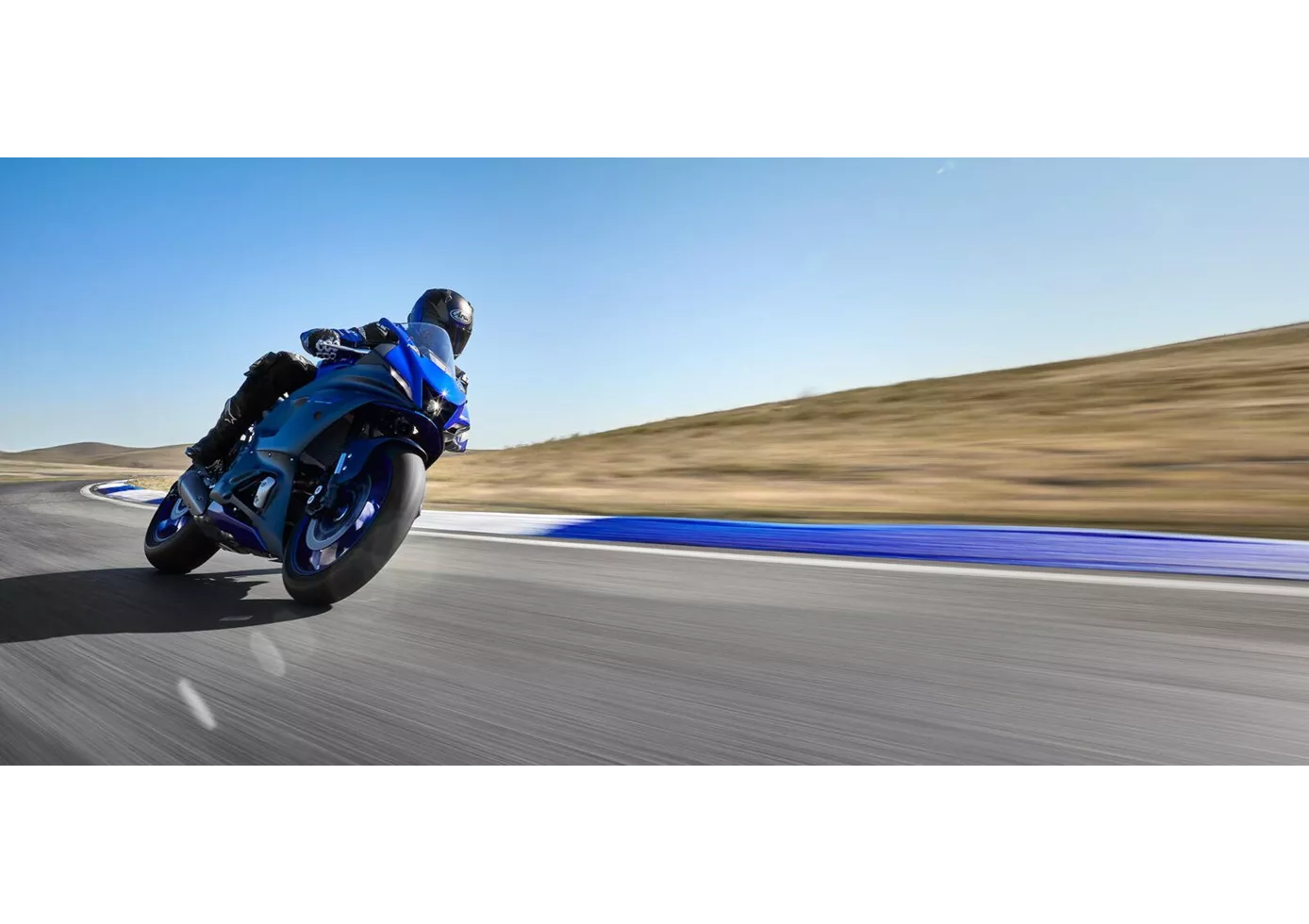
Those who expect the Yamaha R7 to be a half-hearted solution will be surprised at how well-balanced the little supersports bike is. Of course, the engine with just over 70 hp doesn't have what it takes to challenge the R6, for example, but the engine with its punch from below fits the character perfectly. The chassis components are of high quality, even fully adjustable at the front, and the handling of the slim grenade is absolutely awesome. The seating position is fine, not as radical as on a real super sports bike, and therefore suitable for everyday use.
Price Comparison Avarage Market Price Yamaha MT-09 vs Yamaha R7
There are a few key differences between a Yamaha MT-09 2016 and a Yamaha R7 2022. In terms of price, the actual average price of a Yamaha R7 2022 is about 24% higher. Compared to Yamaha R7 2022 there are less Yamaha MT-09 2016 bikes available on the 1000PS.de Marketplace, specifically 11 compared to 44. With 87 days it takes the same amount of time to sell a Yamaha MT-09 or a Yamaha R7. Since model year 2013 1000PS.de editors have written 57 reviews for the Yamaha MT-09 and 9 reviews for the Yamaha R7 since model year 2021. The first review for the Yamaha MT-09 was published on 6/10/2013 and now has more than 39,900 views. This compares to more than 92,800 views for the first review on Yamaha R7 published on 5/18/2021.

